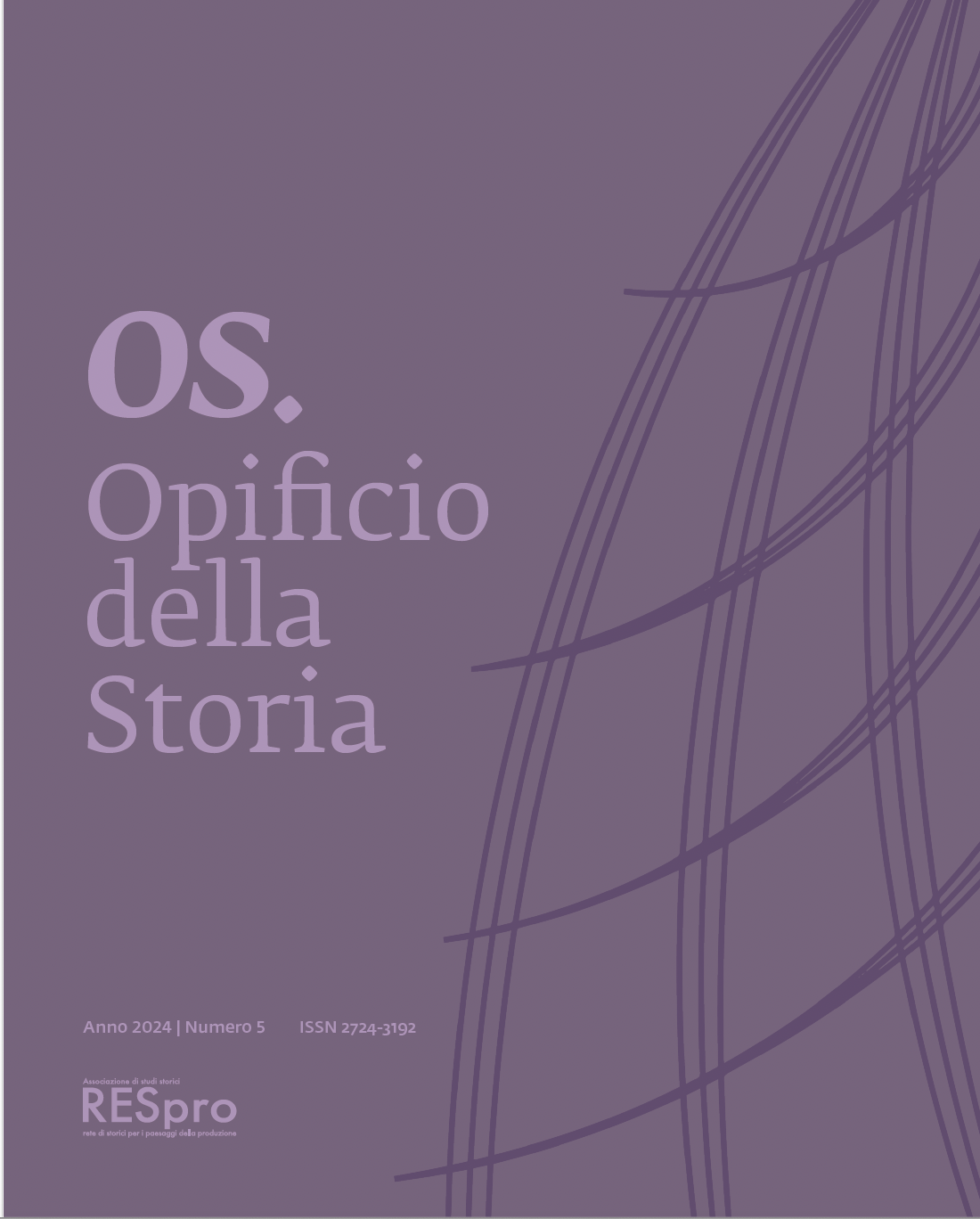Industrial Archaeology and deindustrialization
DOI:
https://doi.org/10.6093/2724-3192/11644Keywords:
Industrial Archaeology, Deindustrialization, Gentrification, Housing archaeology, MusealizationAbstract
The text discusses industrial archaeology and deindustrialization as interconnected and significant phenomena in the economic and social evolution of modern societies. Industrial archaeology, originally developed to study the physical remnants of past industry, emerges as a meeting point between historical memory and the need to understand the impact of industrialization on society. Deindustrialization, on the other hand, signifies the decline of modern industry and its cultural and economic effects.
The author highlights how in Italy, industrial archaeology lagged behind compared to other countries like the United Kingdom and the United States, where deindustrialization was more advanced. This delay influenced the perception and study of industry as a cultural and socio-economic heritage. Industrial archaeology, therefore, goes beyond mere preservation of industrial monuments to encompass understanding the social and cultural impact of factory closures.
The discussion expands to include gentrification, where industrial neighborhoods are transformed into residential and commercial spaces, altering the social and spatial dynamics of cities. These changes reflect broader transformations in social relationships and urban contexts influenced by global economic dynamics.



